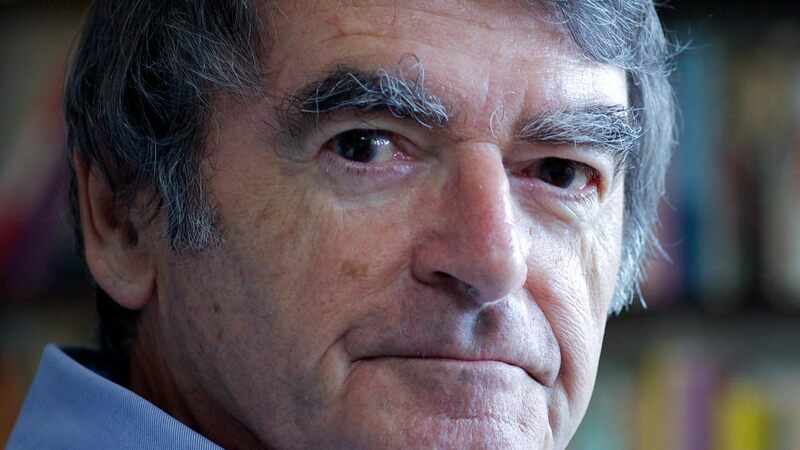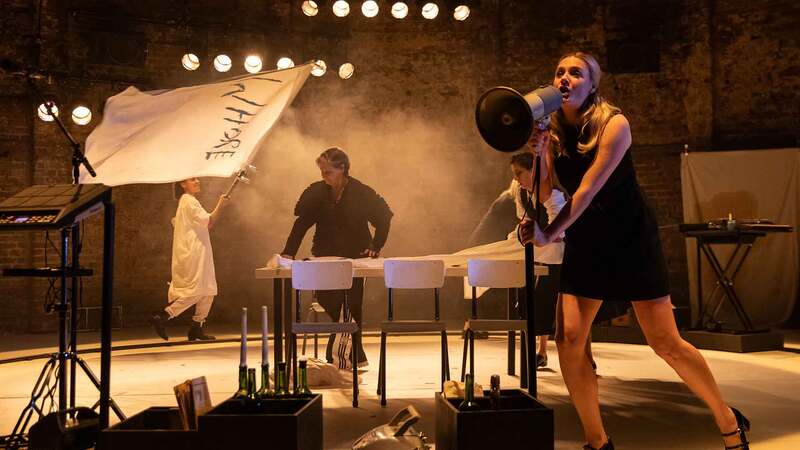You are viewing your 1 free article this month. Login to read more articles.
Stand-up sensations
It’s a golden age for performance poetry, and publishers should be cashing in.
Poetry has somehow developed a reputation as a "serious" artform, the marker for a decent education and a memorable funeral. But running through the work of the greats, from Chaucer’s Canterbury Tales to Luke Kennard’s recent triumph at the Forward Prize, is the literary art of laughter. Recent decades have seen the rise of a host of performance poets who are not only taking over Instagram and venues, but cutting a slice of the book market with their publications. There’s never been a better time for publishers to sign one of the rising stars of performance poetry whose work acts like a divining rod for audiences in the way marketing budgets can only dream of.
Any literary explosion has its roots in a tradition. As poet and writer Pete Bearder a.k.a. Pete the Temp, argues: "The sub-genre of stand-up poetry, for example, has received almost no discussion." Pete has set about putting this right through his book Stage Invasion: Poetry and the Spoken Word Renaissance. The demand for books about performance poetry – its history and how to write and perform it – are increasing at the front desk of the National Poetry Library, a demand that publishers should know about.
There are some strong and influential voices propelling this interest. John Cooper Clarke rode the crest of punk like the neck of a grouse in a suit, pushing poetry in new directions. John Hegley has limberly serenaded audiences of all ages. Before them both came the Scots surrealist Ivor Cutler who walked poetry off the page – and the stage for that matter – and into everyday life. A visitor once came to the National Poetry Library looking for poems by Ivor Cutler and left after a life-changing meeting with the poet himself, who read one of his poems to this audience of one. There was a time when it looked like some comedians’ careers – such as Jenny Eclair – could go either way between poetry and stand-up. It’s worth bearing in mind that most of the above were championed by John Peel who cultivated a large audience for them through radio play.
Transmission then is a key ingredient. The success of the new stand-up poets is underpinned by whole platforms: Instagram and TikTok. These tools allow poets to reach the masses directly, with the added advantage of fans feeling like they’ve discovered their work for themselves. This direct and personal relationship with audiences gives publishers a huge advantage in leveraging the work of stand-up poets in book form, as their fan bases are often already secured. Tim Key, for example, has over 100,000 followers on Instagram and a regular slot on BBC Radio 4 with his "Poetry Programme". He’s even appeared on "Inside Number 9". No wonder his books sell in spades.
Although the new stand-up poets are often sitting down at home to perform their videos for social media, this new wave is reaching more people than ever before
Fully immersed in the poetry scene, with recent appearances at the Ledbury and Brighton festivals, Brian Bilston has a slightly more literary flair, playing around with the forms of poetry on the page. You wouldn’t think such detail would matter much to a stand-up poet, but for Bilston it does; you don’t want a canny audience member later checking-up on your less than lean line breaks. Bilston’s poem "Selected Early Writings of the Poets" shows his immersion in a range of poetry that came before, a commitment to the art form requiring audience interest and knowledge of literary forebears:
Roses are red,
Unlike those daffs,
I wander lonely,
As a giraffe cloud.
It’s no surprise to see that Bilston’s books translate well from social media and performative space, into book sales. His Diary of a Somebody, published by Picador, has over 1,000 four-star reviews on Amazon and over 2,000 reviews on Goodreads.
A sure-fire test of the buzz around this genre is through that other form of transmission: word of mouth. Last week a colleague sent me a video by World Poetry Slam Champ Harry Baker whose "Poem About How Great My Knees Are" has not only been liked 30,000 times but shared on half those occasions – showing the human urge to spread the joy of poetry when we feel it connect. "Such is the legend of my knees that bees use these as a point of comparison."
The good news for publishers is that stand-up poetry is an expansive genre and there are hundreds of poets flexing their laryngeal muscles and building their profiles in preparation for their first book deal. There are a couple of publishers leading the way, with Burning Eye Books and Flapjack Press being incendiary forces in the field. In addition to individual collections of poems there is also a huge interest in lost underground culture, particularly from the 1980s, which publishers can embrace.
Bearder argues: "Stand-up poetry, and UK spoken word more broadly, has deep roots in the alternative cabaret scene of the 1980s. Here poetry existed alongside drag acts, comedians, musicians and theatre troops. Anything could happen in alternative cabarets, with costumes, props and a manic experimentation."
Apples and Snakes does a great job of making these secret histories visible through its online archive, and there’s huge potential for novels and memoirs riffing off the contributions of artists such as Ian Saville (the socialist magician) and Randolph the Remarkable, who – Bearder says – could pick up a washing bowl with his stomach. One of my favourite performance poets of recent decades, Salena Godden, has flexed her literary muscle into fiction, with her debut novel Mrs Death Misses Death winning the Indie Book Award.
Although the new stand-up poets are often sitting down at home to perform their videos for social media, this new wave is reaching more people than ever before. Publishers should be ahead of the drag race and get their book deals in place, gathering the poems together for fans – as well as the memoirs of incredible lives and times.

















